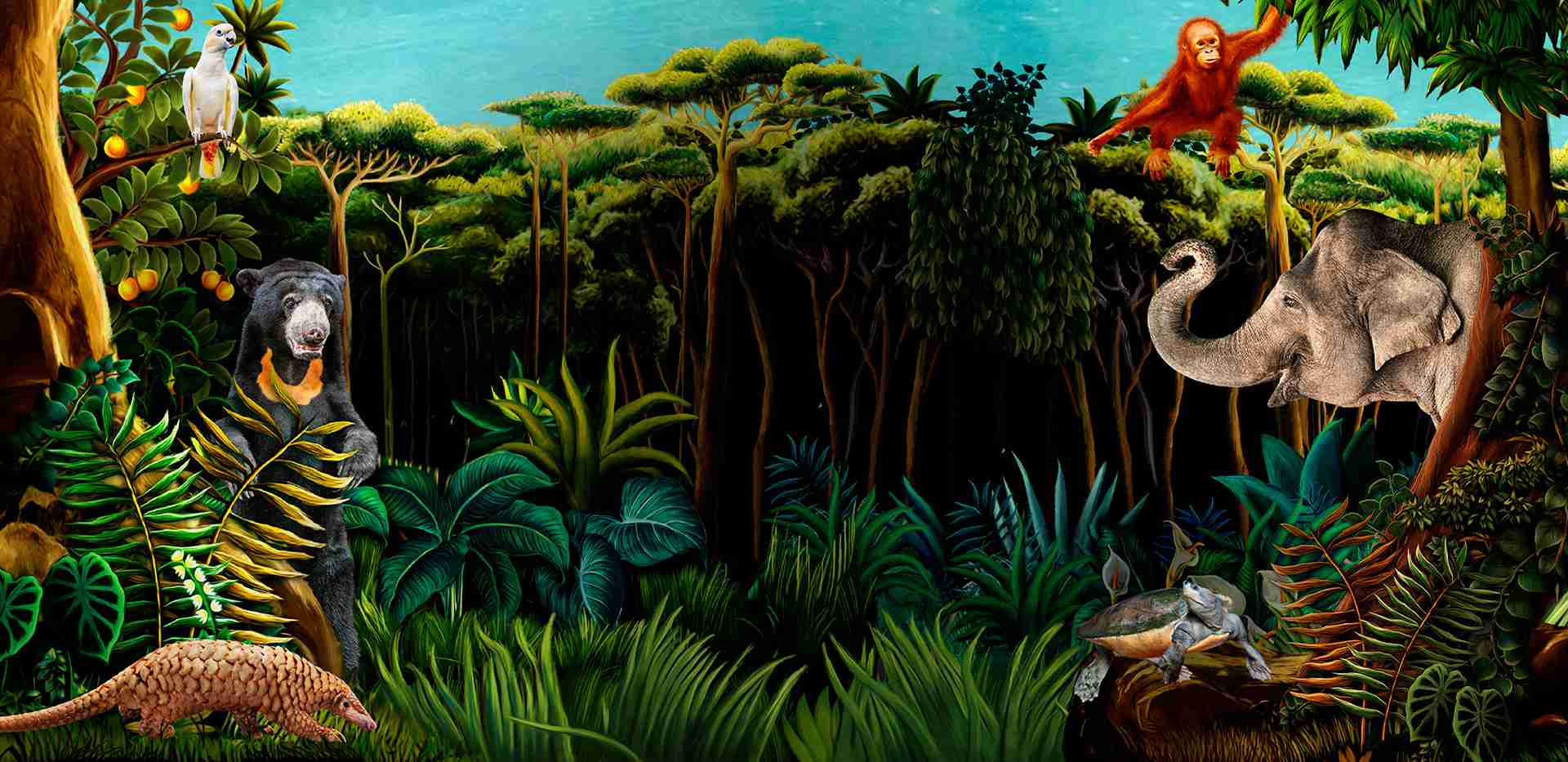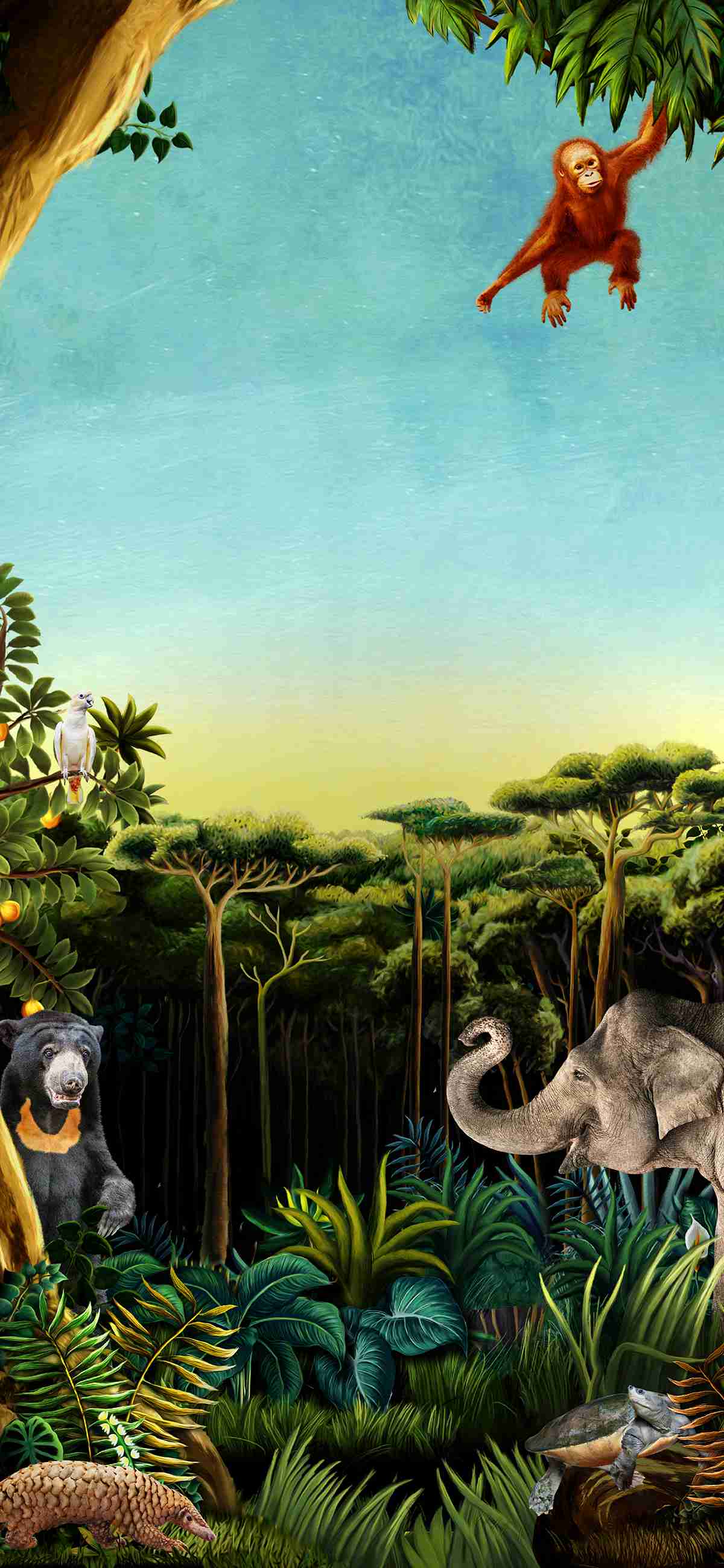Bird Paradise
Animals & Zones
Zones

Winged Sanctuary
Enjoy close-up views of over 100 bird species, many of which are threatened. Be inspired by our efforts in shaping their conservation stories and discover how you can do your part in protecting wildlife.
Animals in Our Care
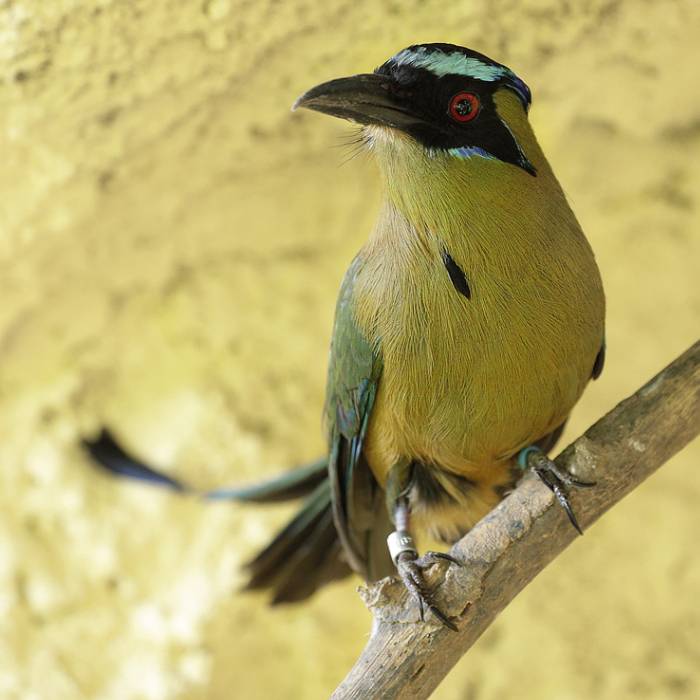
Amazonian motmot
Multi-coloured with a long tail ending in two racquets, this dashing crow-sized bird can be found across a broad swathe of lowland forests.
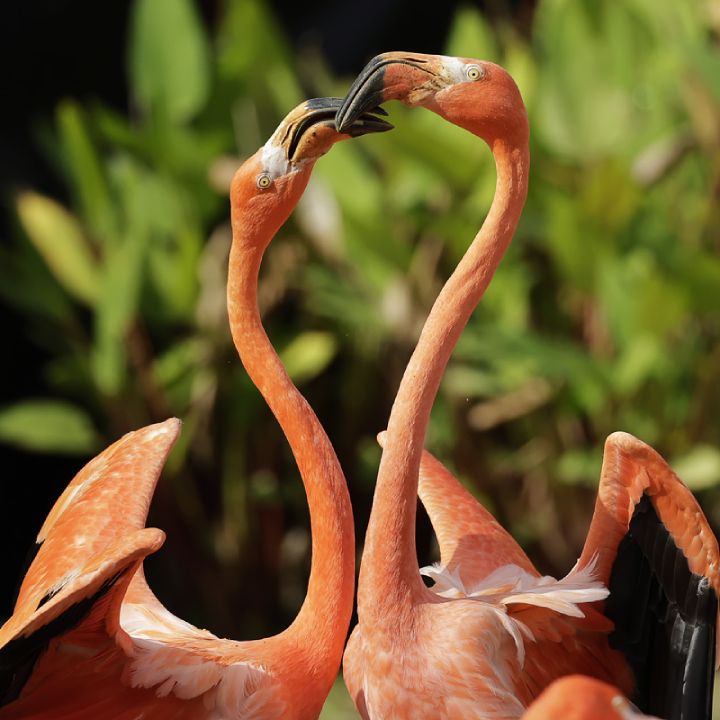
American flamingo
This species has the most vibrant plumage of all flamingo species.
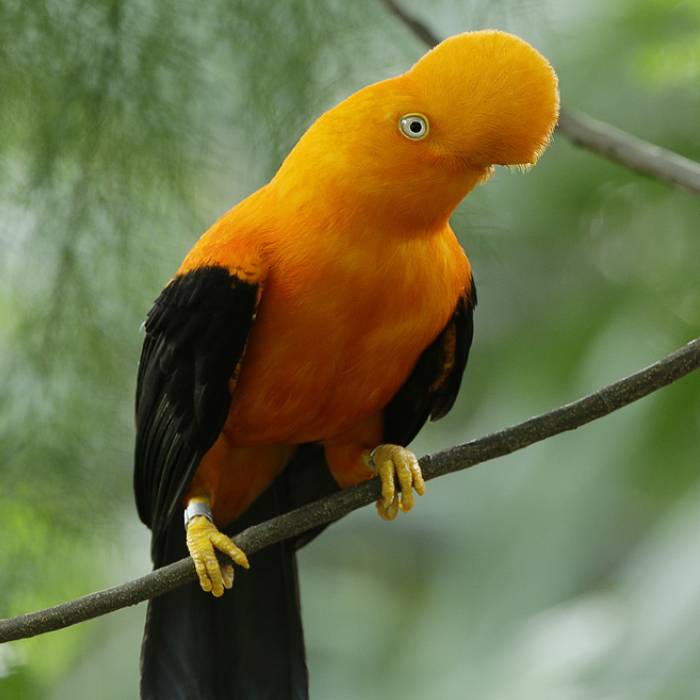
Andean cock-of-the-rock
The Andean cock-of-the-rock belongs to the cotinga family of colourful fruit-eating forest birds.
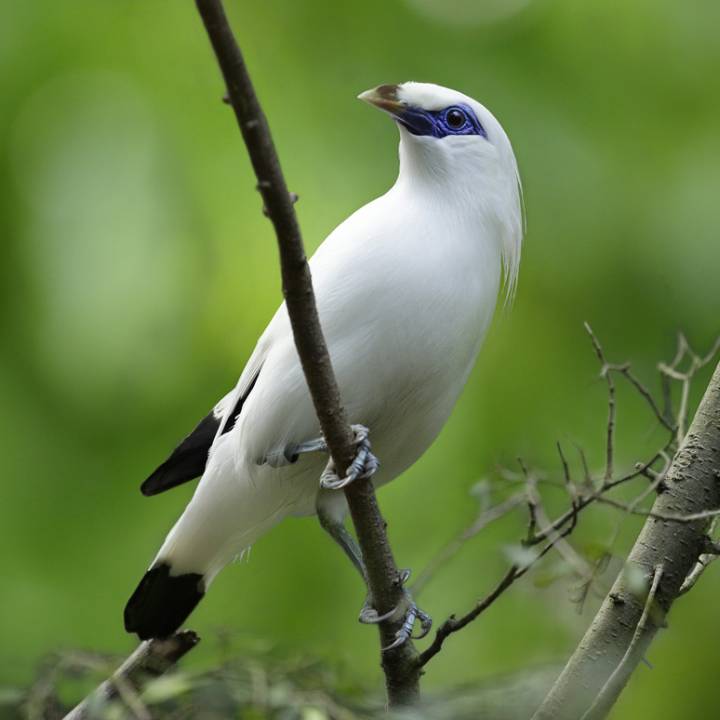
Bali myna
The Bali myna is almost entirely white with long head plumes and black wing-tips. Endemic to Bali where it formerly ranged across the north-west third of the island, the species was never very widely distributed.

Bar-headed goose
As one of the world's highest-flying birds, the bar-headed goose has reached a record altitude of over 7,000m. It migrates over the Himalayas, flying from Mongolia to India to escape the harsh winters.
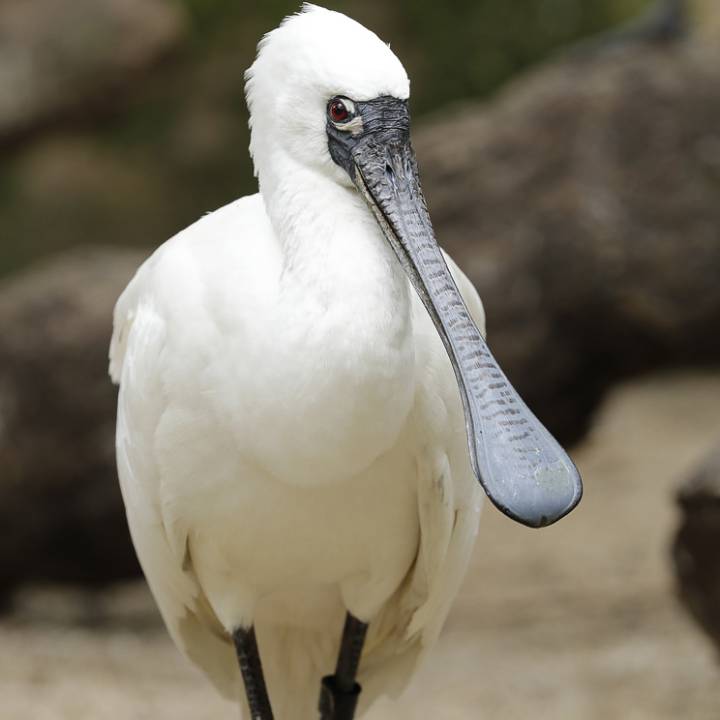
Black-faced spoonbill
Black-faced spoonbills are the rarest spoonbills and the only species of spoonbill to be classed as Endangered on the IUCN Red List.
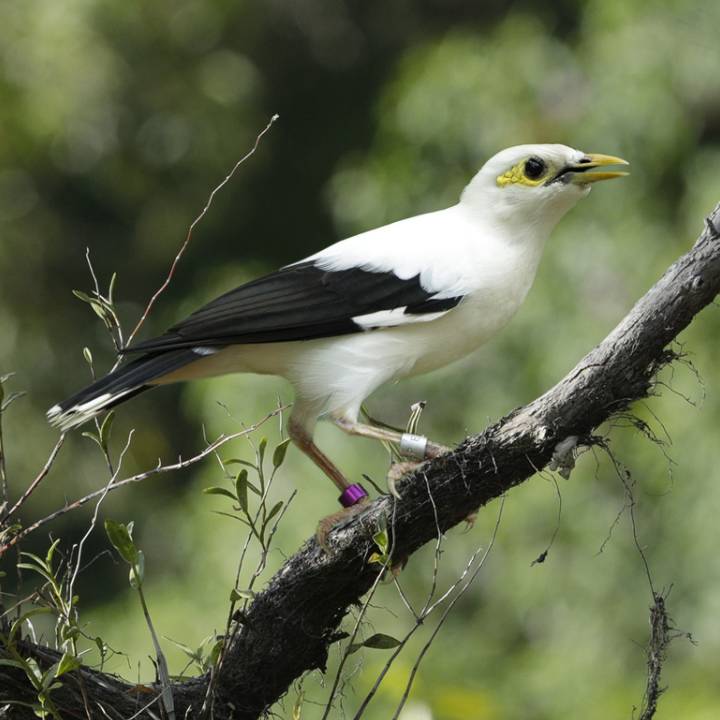
Black-winged myna
The black-winged mynas' melodious song, along with their lively temperament and striking plumage make them highly-prized in the cage bird trade.
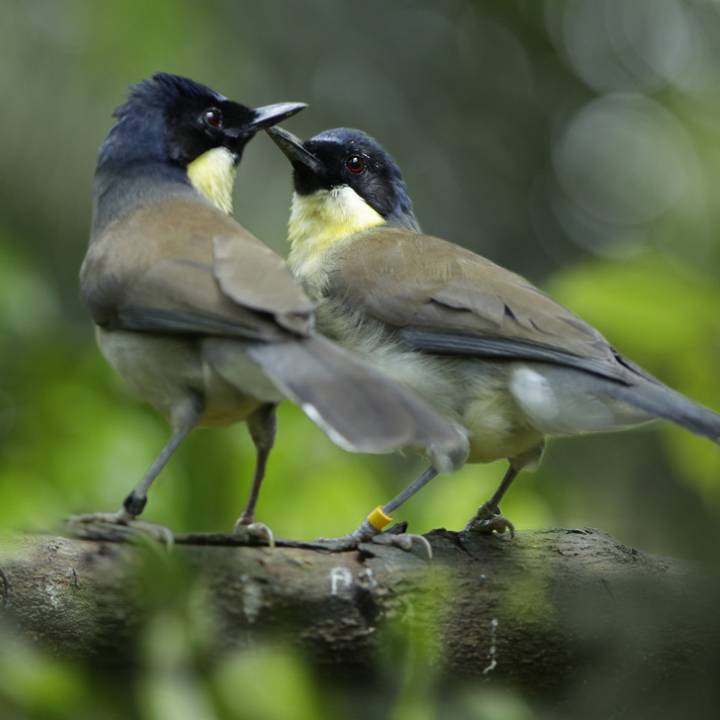
Blue-crowned laughingthrush
These birds forage in flocks of 40 or more, looking through leaf litter on the ground, or flitting from one leafy branch to another in bushes and trees, gleaning for insects.
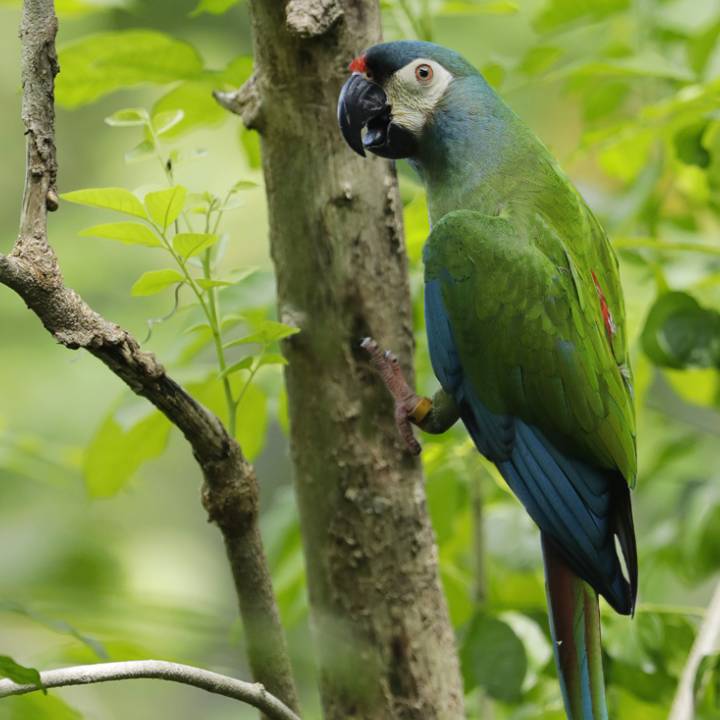
Blue-winged macaw
Whittled down by habitat loss, trapping for the pet trade and persecution as crop pests, there are only 1,500 to 7,000 mature blue-winged macaws left in Brazil, Paraguay and Argentina.
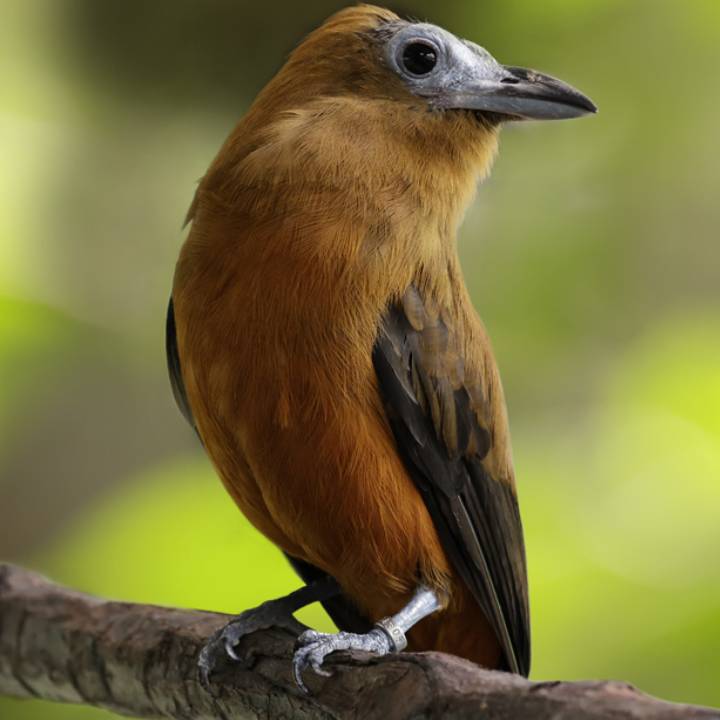
Capuchinbird
This bizarre bird inhabits the evergreen lowland rainforests of South America where it forages for fruits and large insects in the canopy.
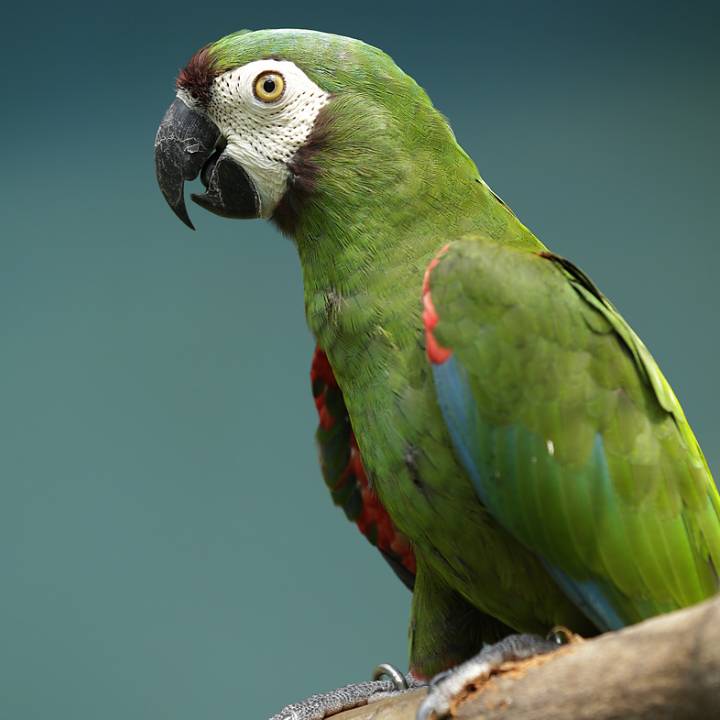
Chestnut-fronted macaw
In spite of their bright colours, macaws are camouflaged in the forest canopy as they blend in with the colourful fruits and flowers they feed on. The chestnut-fronted macaw is found throughout Central and South America.

Common emu
Emus belong to a family of flightless birds called ratites, which also include ostriches, rheas, cassowaries and kiwis.
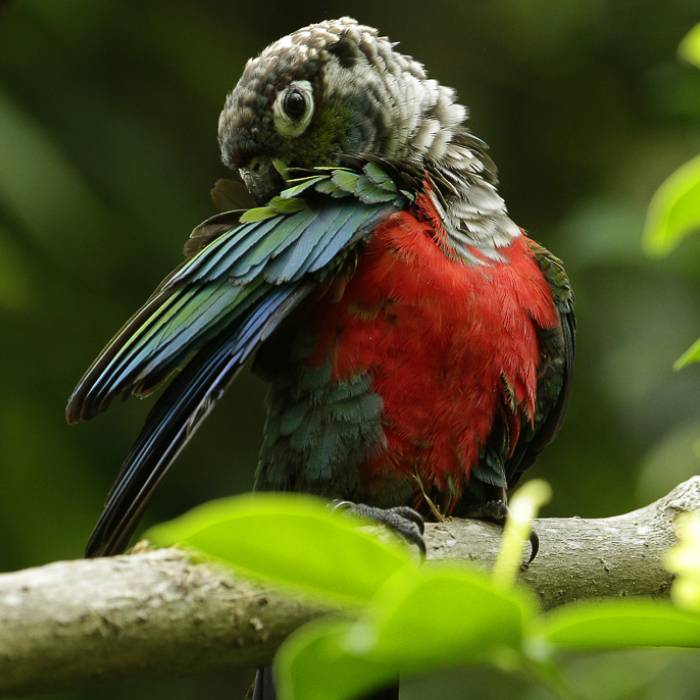
Crimson-bellied parakeet
Living in small flocks in the Amazon rainforest, this parakeet is often seen foraging for fruits and flowers.

Gentoo penguin
Gentoo Penguins is the world’s fastest underwater bird, swimming at speeds of up to 36km/h!
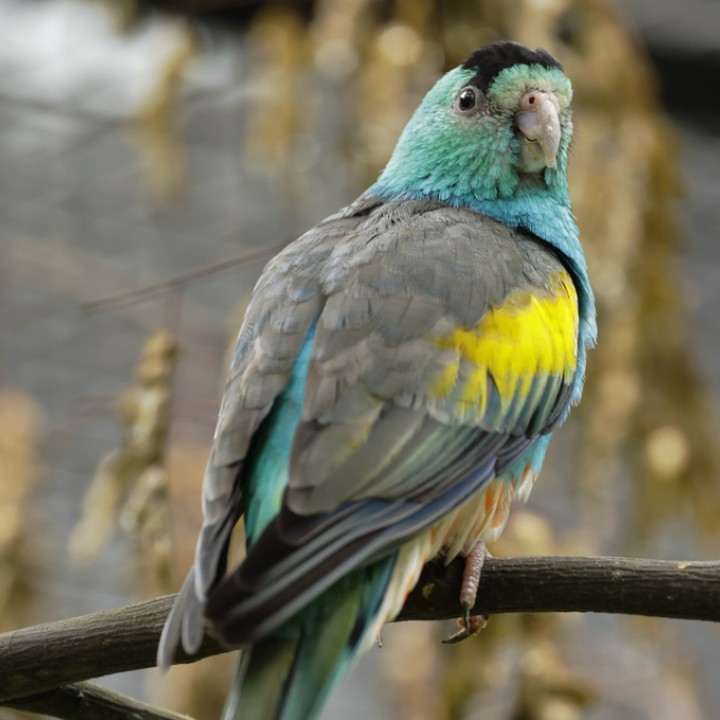
Golden-shouldered parrot
The golden-shouldered parrot nests in conical termite mounds. Dubbed the ‘antbed parrot’, it excavates its nest during the wet season when the mound is rain softened.
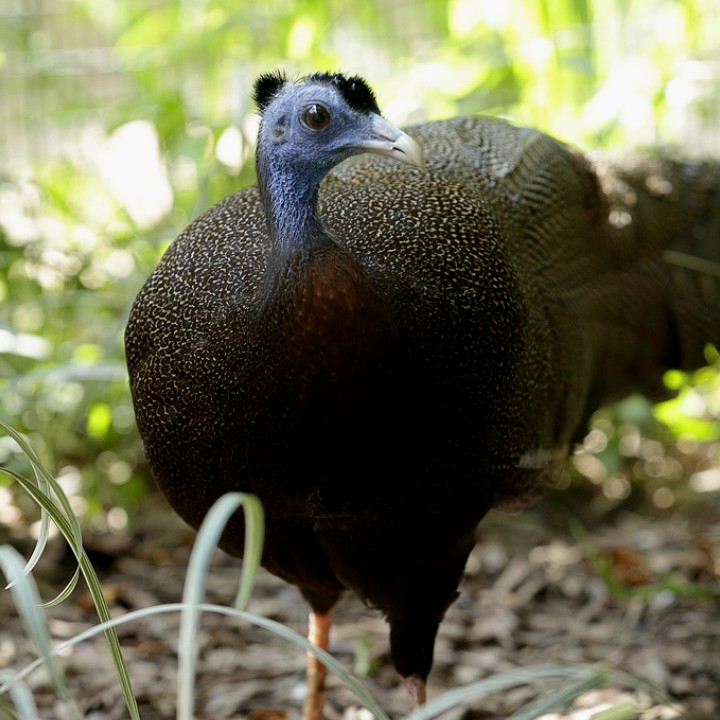
Great argus
Great Argus are amongst the largest pheasants, related to the peafowls.
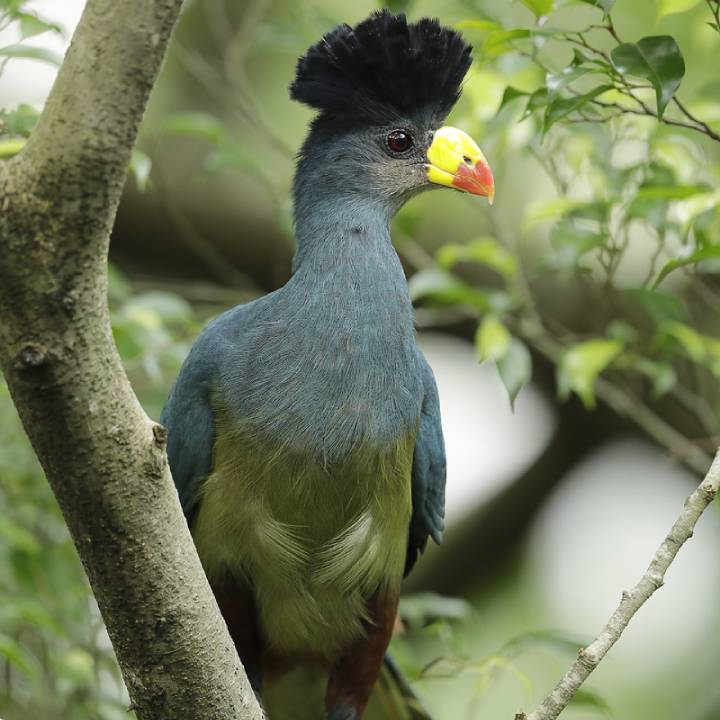
Great blue turaco
This shy bird not easily observed among the forest foliage except when small groups gather and call in chorus, sometimes for several minutes.
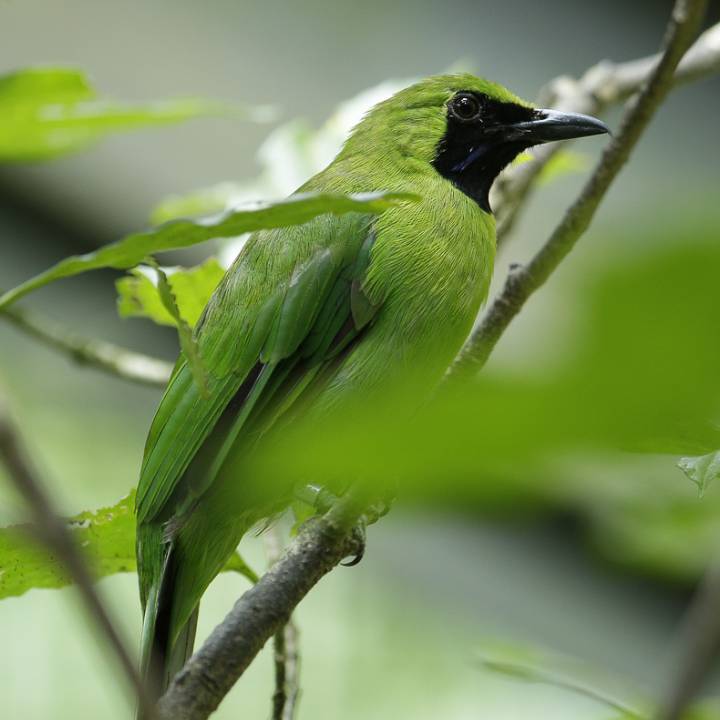
Greater green leafbird
The largest and heaviest leafbird, this bird has a powerful, hooked bill that it uses to pierce mid-sized fruits with a tough covering.
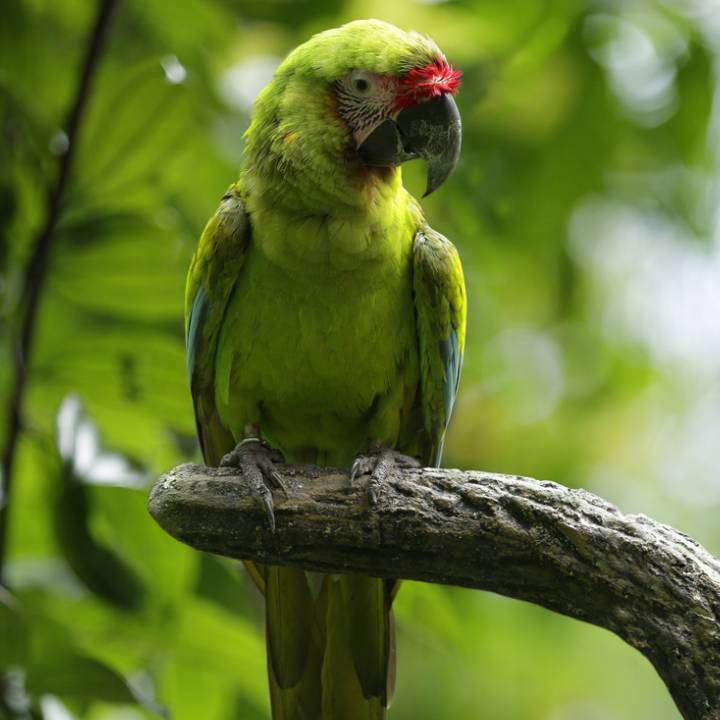
Great green macaw
Hailing from the forests of Central America, the great green macaw is Critically Endangered with only 500 to 1,000 mature individuals surviving in the wild.
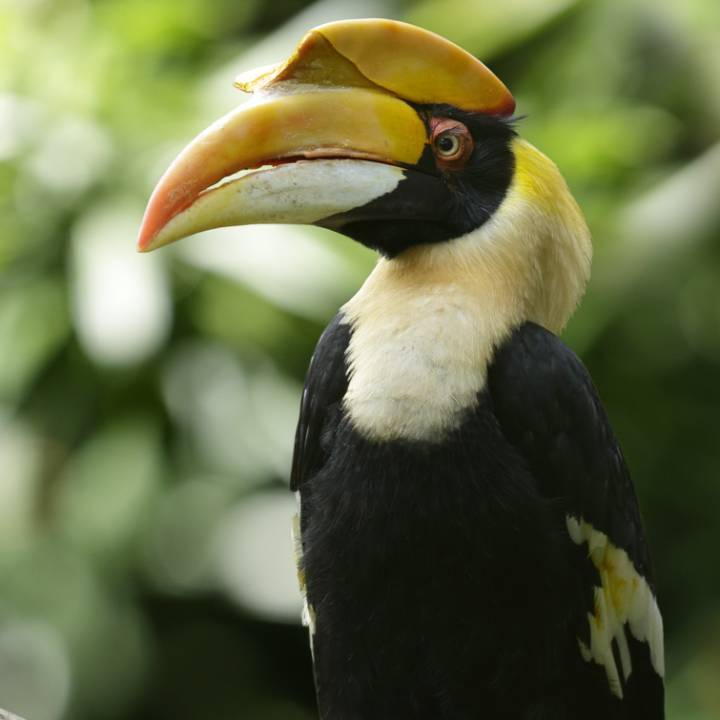
Great hornbill
This species is threatened by habitat destruction, especially the felling of old-growth trees required for nesting.
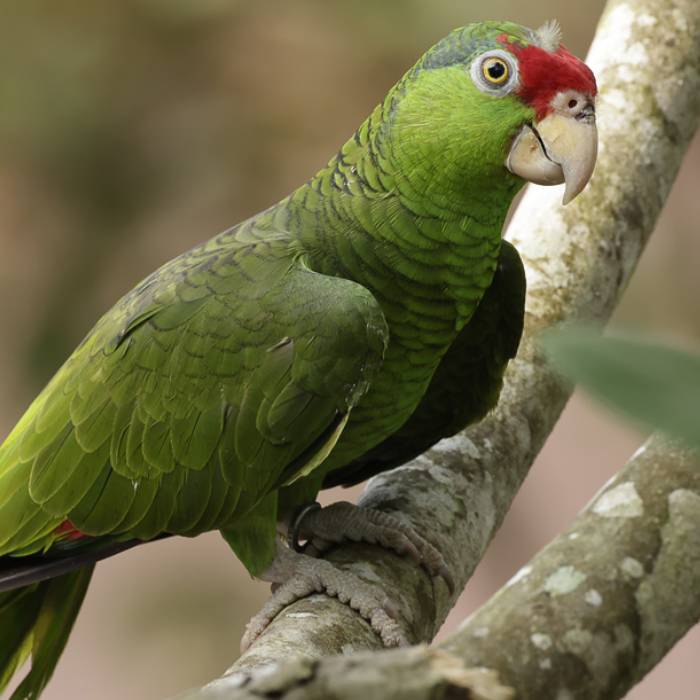
Green-cheeked amazon
This parrot loves company. Hundreds of them gather to roost communally in a few trees, socialising in animated chatters before spending the night together.
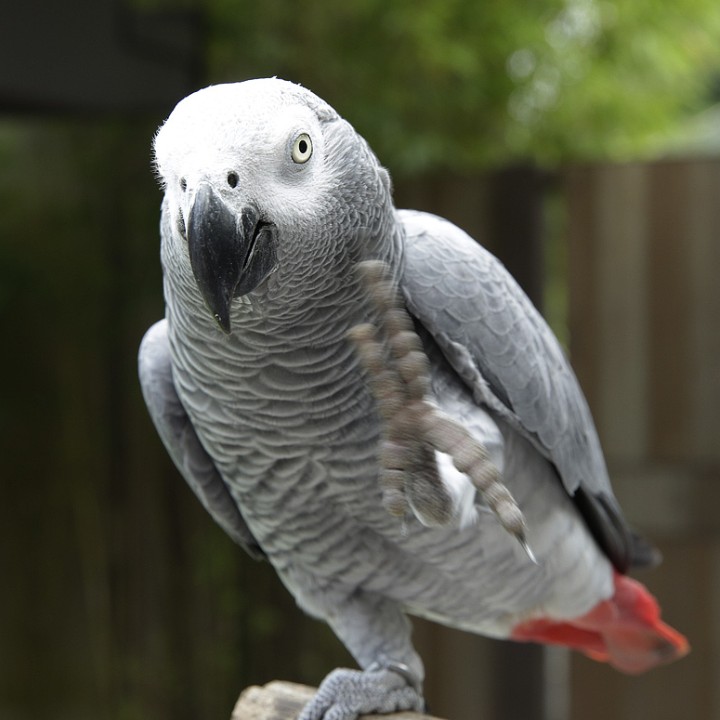
Grey parrot
Among the 350 odd parrot species worldwide, grey parrots are best able to mimic human speech.
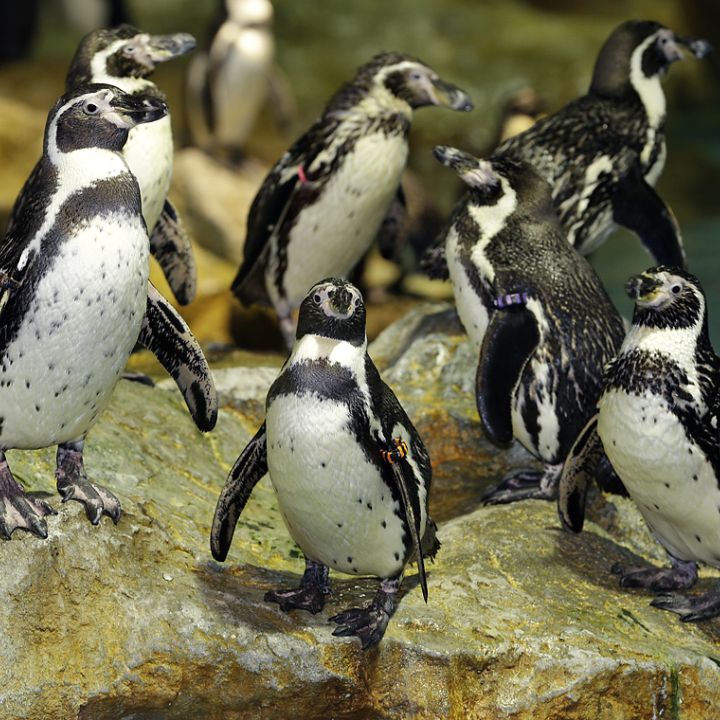
Humboldt penguin
The Humboldt penguin is a medium-sized black-and-white penguin.
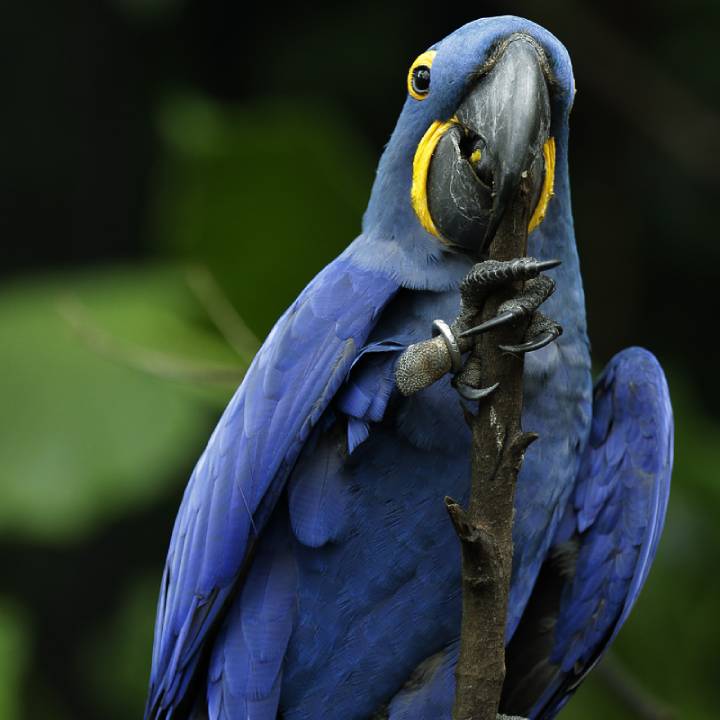
Hyacinth macaw
The hyacinth macaw stands out as the largest of all parrots at 1 m long, attractively cloaked in cobalt blue feathers.
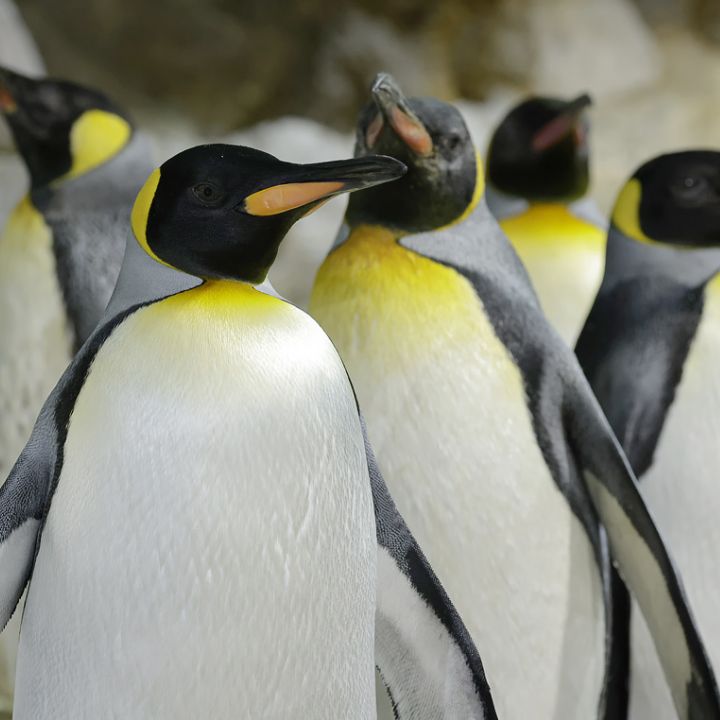
King penguin
The King Penguin stands at a height of 1 metre. It is the second tallest penguin, after the Emperor Penguin, which is 1.3m tall.

Laughing kookaburra
The cackle of the laughing kookaburra is an iconic sound of the dry eucalypt forests of eastern Australia at dawn and dusk.
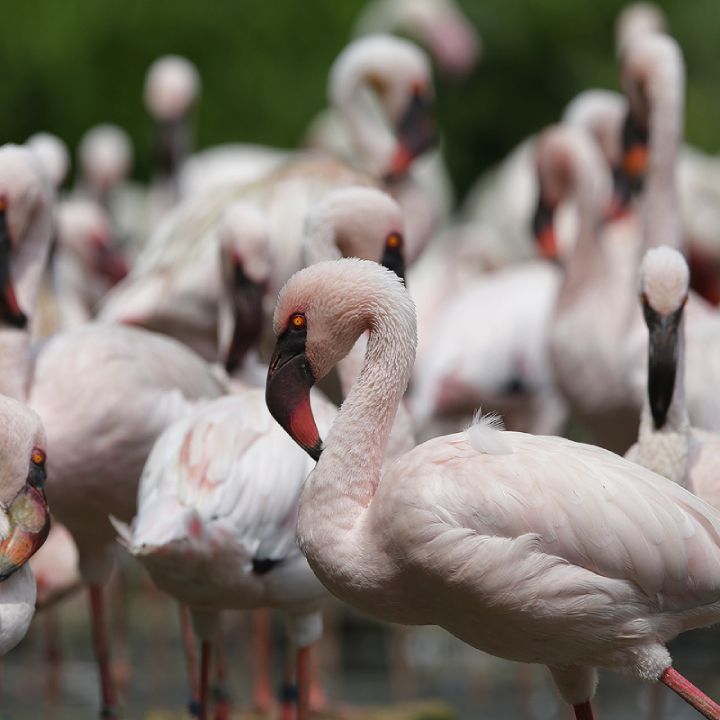
Lesser flamingo
Out of six flamingo species, the lesser flamingo is the smallest and most numerous with around three million individuals.
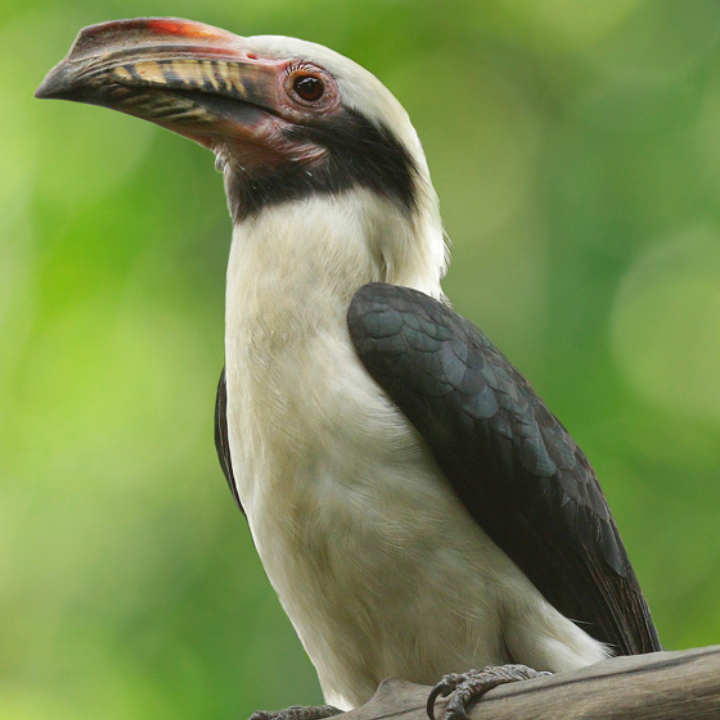
Luzon Hornbill
This diminutive hornbill is restricted to Luzon and nearby islands in the Philippines. Males and females look different, with males being mostly pale while females are entirely black.
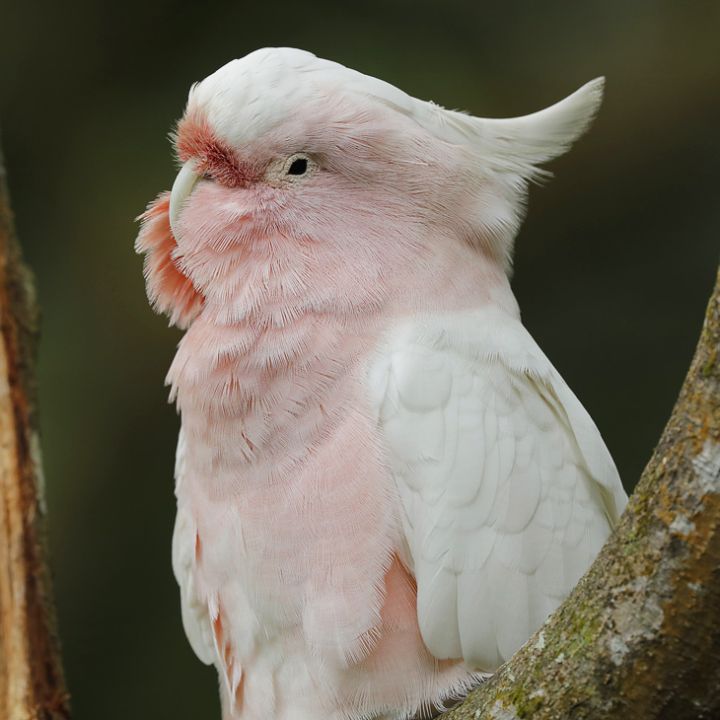
Major Mitchell's cockatoo
Being seedeaters, cockatoos have large beaks with which seeds can be dehusked efficiently.
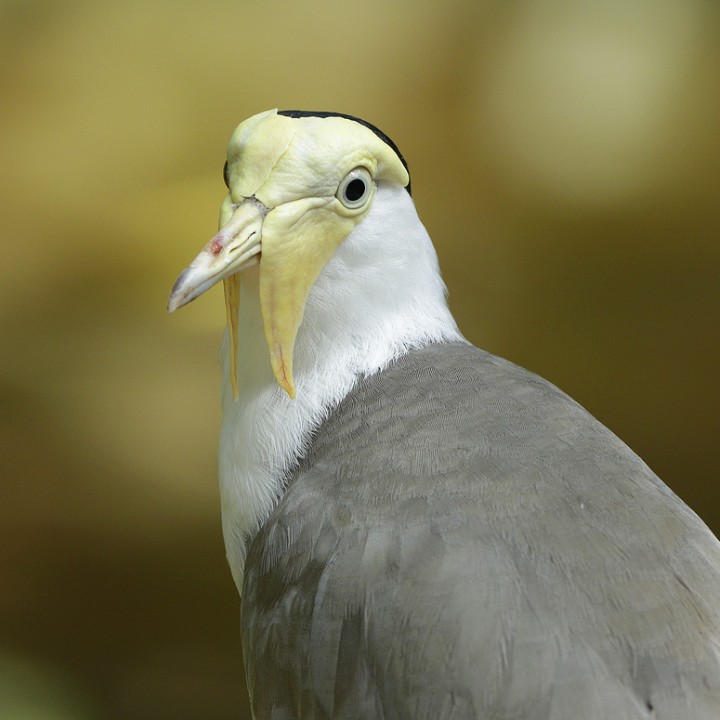
Masked lapwing
Natives call the masked lapwing the ‘spear-carrying bird’ due to the sharp yellow spurs on its wings.

Military macaw
The military macaw’s curious name is inspired by the green hue of its feathers, similar to the colour of military uniforms. Ranging from Mexico to Argentina, it makes a throaty roar that carries for long distances.
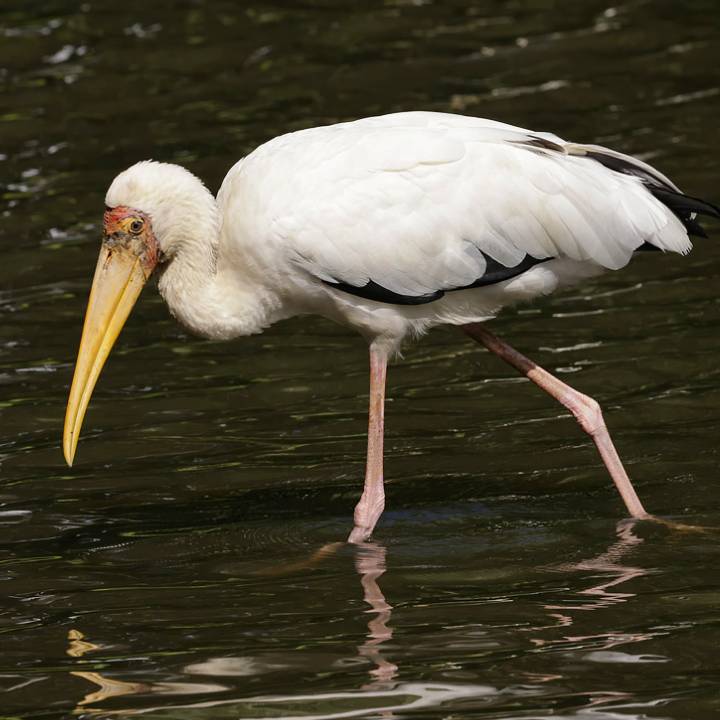
Milky stork
The Milky Stork is classified as endangered, facing significant threats primarily from habitat loss and degradation due to human activities.
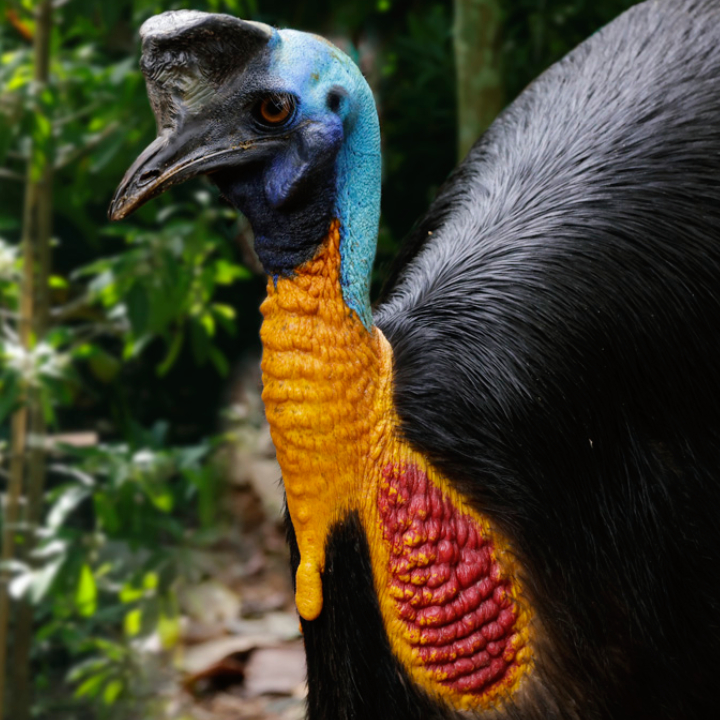
Northern Cassowary
The northern cassowary, the world's fourth largest bird, is incredibly agile, able to run 50 kilometers (30 miles) per hour through dense undergrowth, leap 2 meters (7 ft) into the air, and even swim.
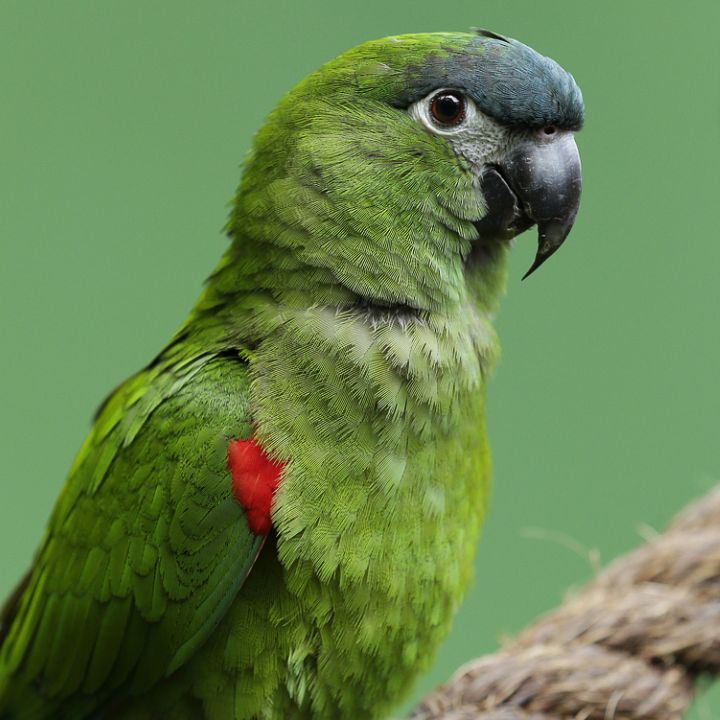
Northern red-shouldered macaw
Like other parrots, the northern red-shouldered macaw moves around in flocks, seeking out seeds, fruits, and flowers. These gregarious birds are also known to raid crops and rice fields.

Northern rockhopper penguin
Rockhopper penguins are so named because of their ability to hop over rocks and boulders, sometimes reaching heights of up to 1.8m.
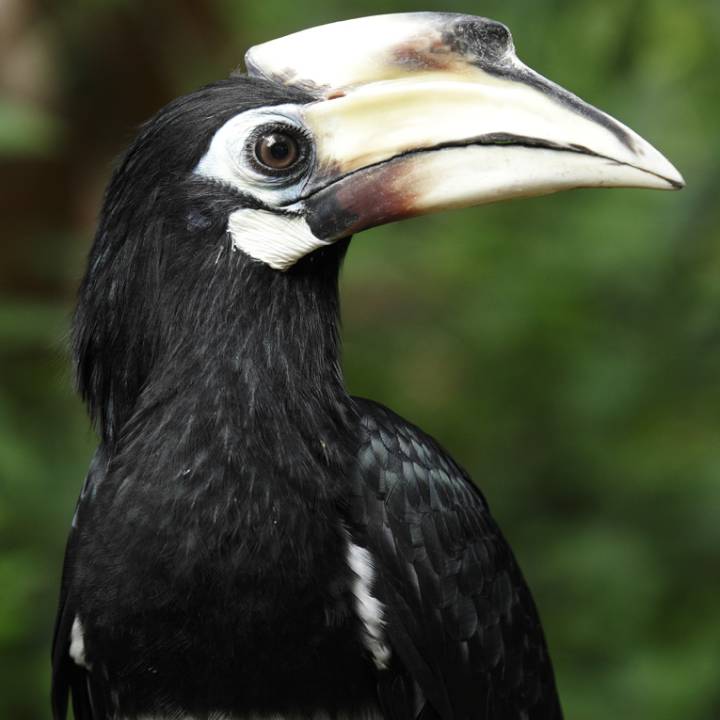
Oriental pied hornbill
Hornbills usually pair for life but for both Stumpy and her current partner, it is love at second sight. Stumpy was one of a pair previously released to the wild. The pair were often seen flying together but one day the male disappeared.
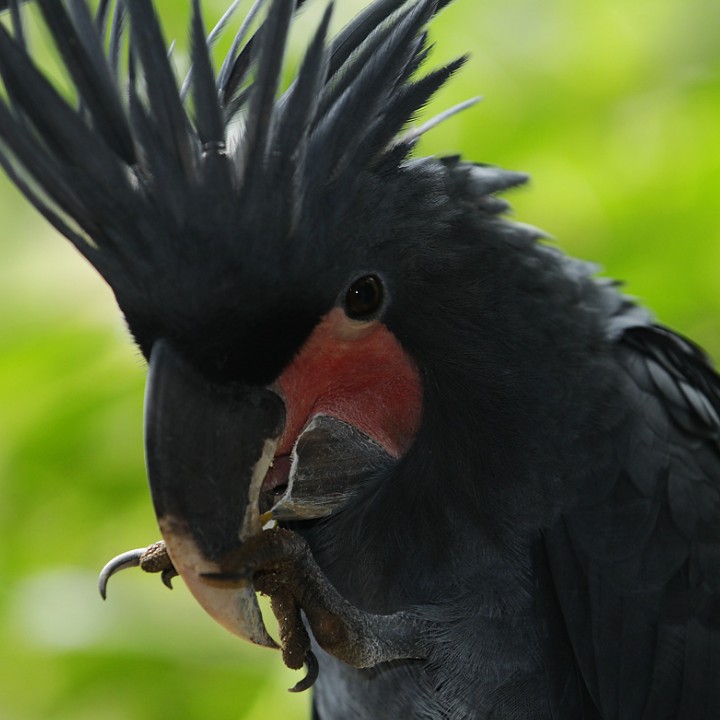
Palm cockatoo
The palm cockatoo is the world’s largest cockatoo. Its distinctive cheek patch of bare skin flushes from pink to bright red when the bird is alarmed or excited.

Papuan hornbill
The Papuan hornbill is the only hornbill in New Guinea. Called ‘Kokomo’ in local Tok Pisin language, it is a show stealer. In flight, its wings give off a very loud whooshing sound.
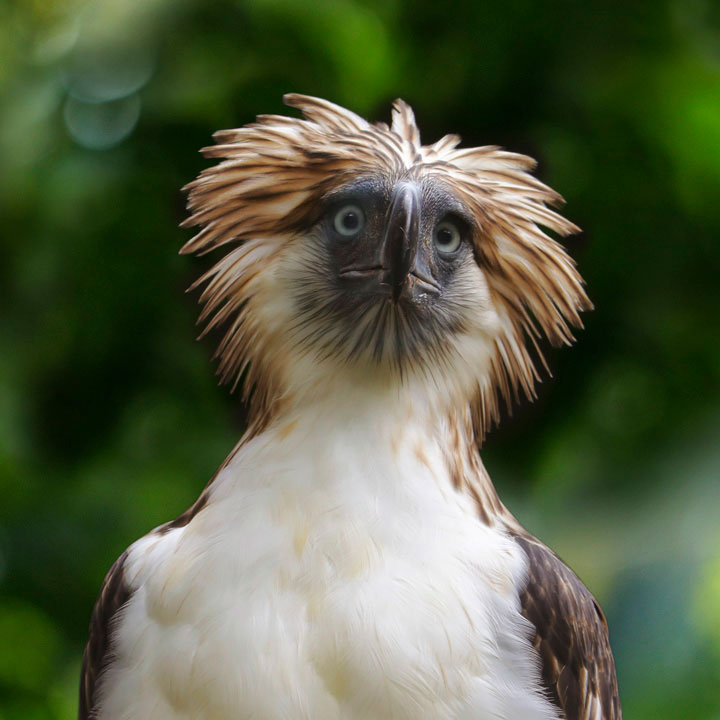
Philippine eagle
With its one-metre height, the Philippine eagle is the tallest of eagles. It tips the scales at a maximum of eight kilogrammes, which makes it one of the largest eagles in the world.
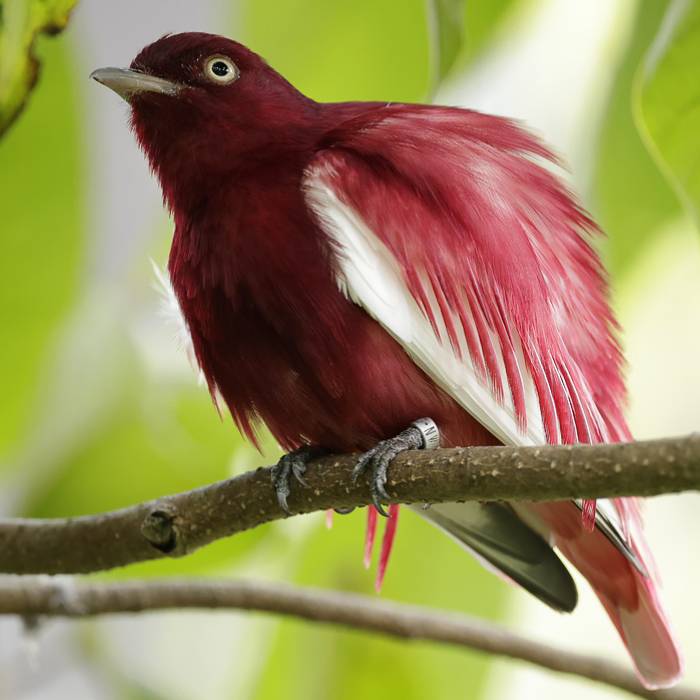
Pompadour cotinga
This cotinga showcases sexual dimorphism where the sexes take on different looks. The male has handsome burgundy feathers coloured by carotenoid pigments while the female is ashy grey.
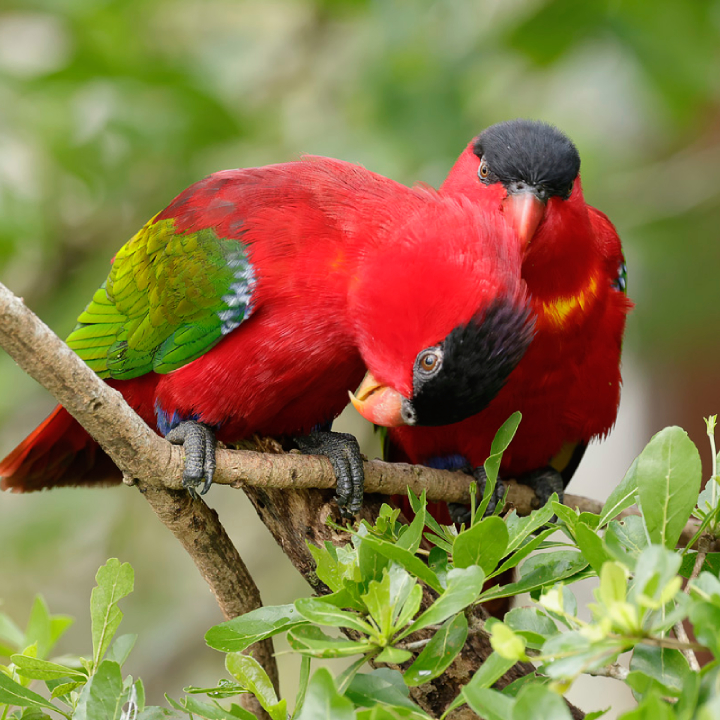
Purple-naped Lory
Endemic to the island of Seram in the vast Indonesian archipelago, the purple-naped lory is the only red parrot in its forests with green wings.
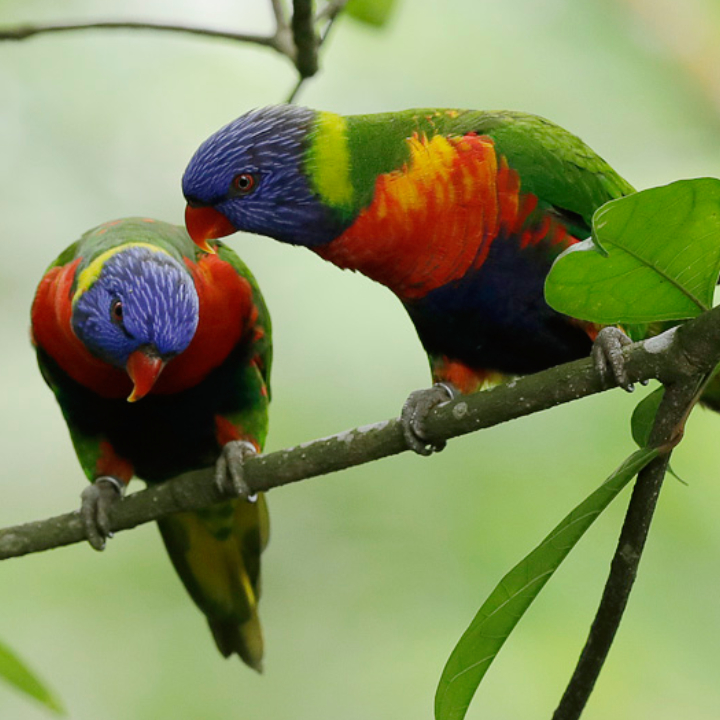
Rainbow-lorikeet
Rainbow lorikeets, found in habitats ranging from forest edges to urban areas, once had a broader range. Today, however, they are confined to Australia, with populations elsewhere now recognized as distinct species.
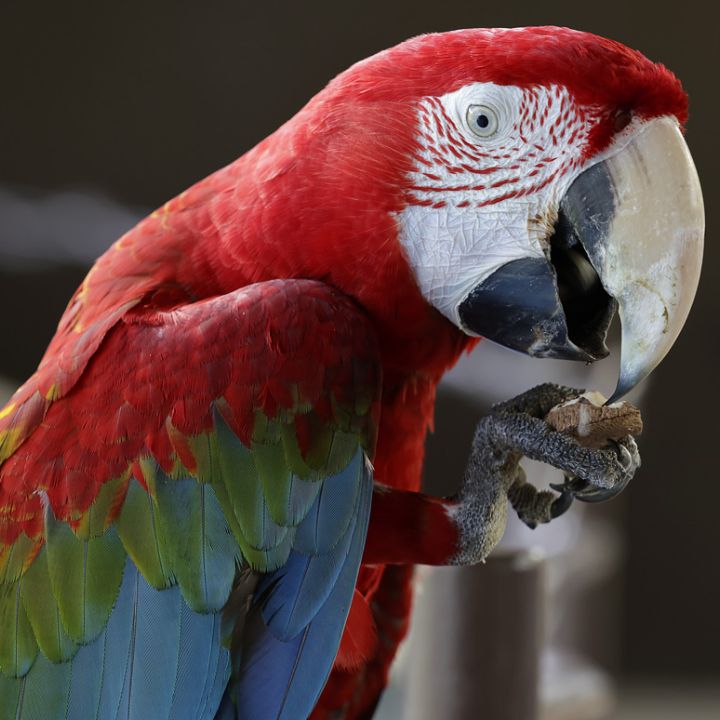
Red-and-green macaw
Widespread in Central and South America, the red-and-green macaw resembles the better-known scarlet macaw except that it has green instead of yellow wing coverts.
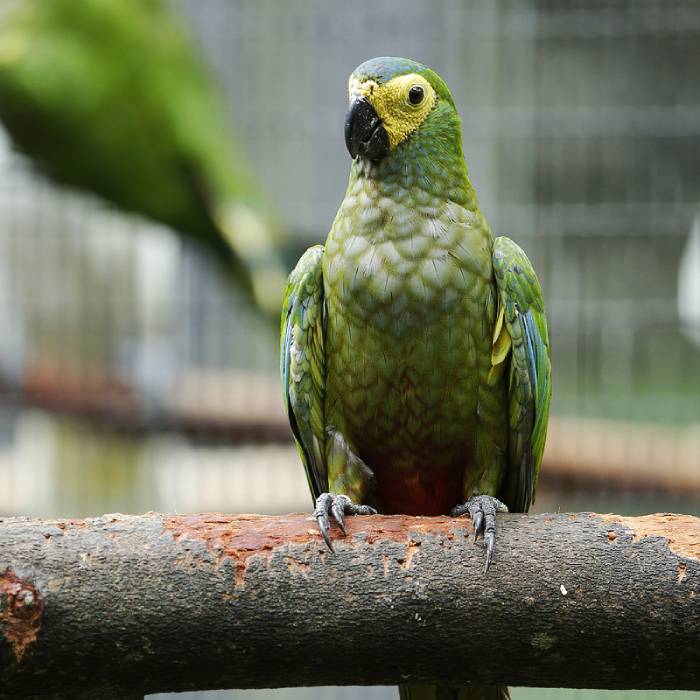
Red-bellied macaw
The red-bellied macaw of South America eats Mauritia palm fruits almost exclusively, expertly peeling away the scaly husk with its hooked bill, muscular tongue and dexterous toes.
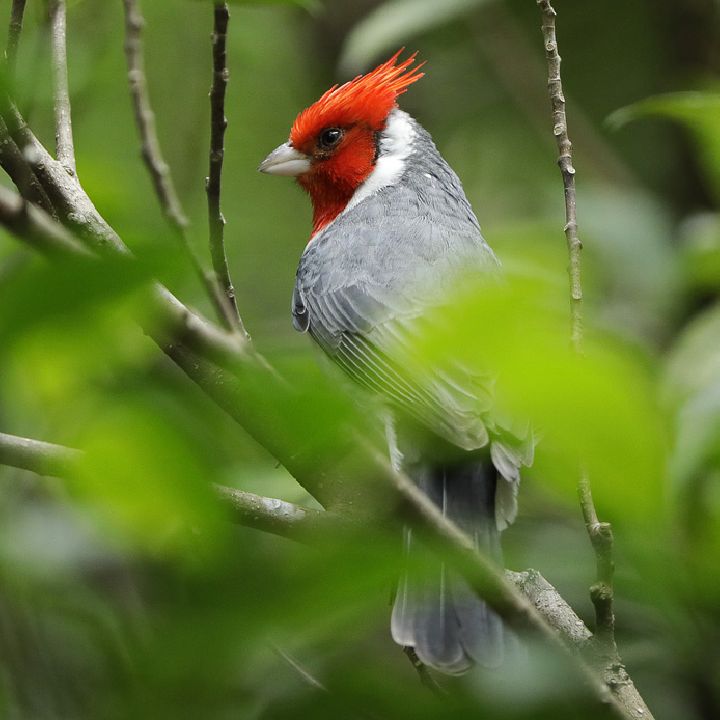
Red-crested cardinal
Hailing from South America, this cardinal forages on the ground for seeds, fruits, and insects. It is kept as a pet on account of its good looks and melodious song.
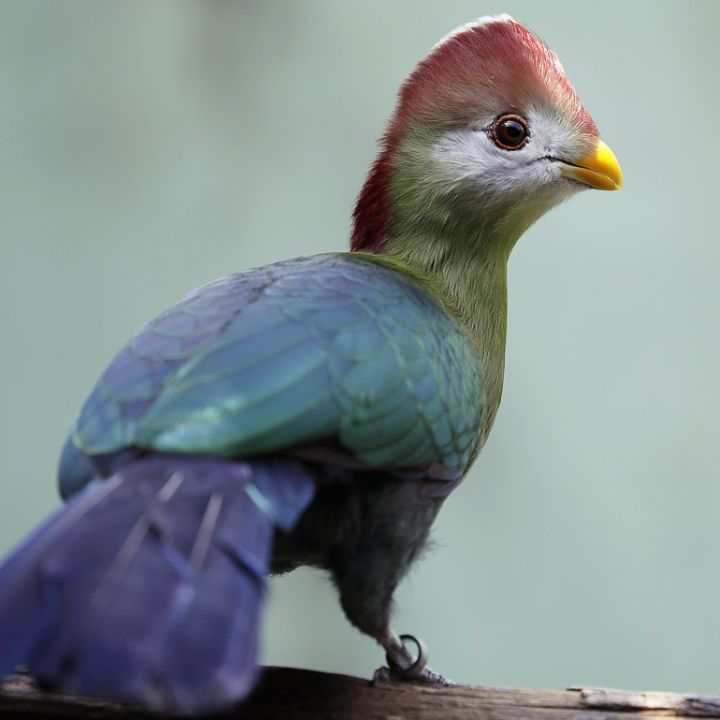
Red-crested turaco
The only family of birds that is entirely endemic to sub-Saharan Africa, the turacos are known for their punk ‘hairdos’. The feathers around their head do not have barbules, which gives a glossy appearance to their raised crest.

Red-fronted macaw
The critically endangered red-fronted macaw is only found in the Andean valleys of three rivers in Bolivia, with about 272 mature individuals in the wild.

Red-tailed black-cockatoo
Cockatoos are large parrots, known for their long life spans that range from 40 to 70 years. They differ from other parrots in that they have a head crest and no blue or green feathers. Black cockatoos are found only in Australia.
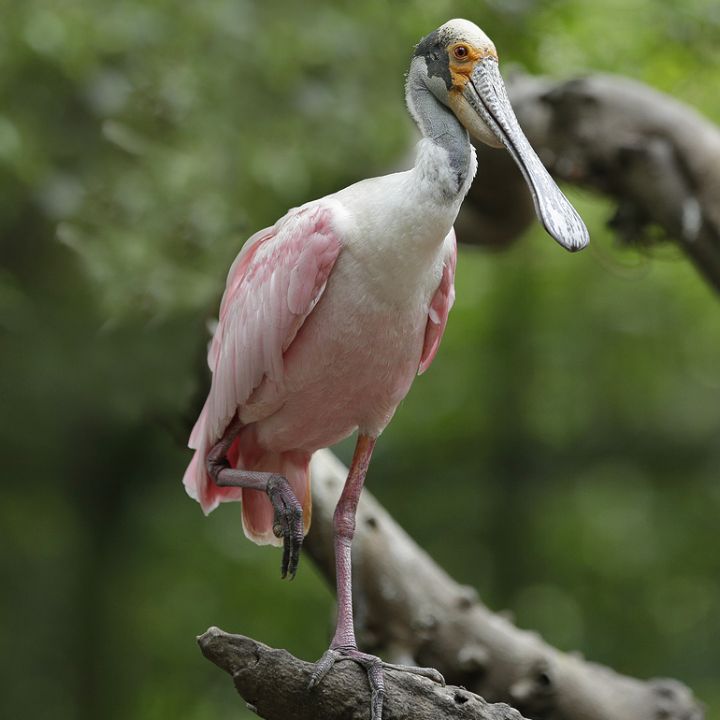
Roseate spoonbill
Named for its unique spoon-shaped bill, the roseate spoonbill has attractive pink plumage and a defined carmine wing patch. The bare green skin on its head takes on a yellowish hue during the breeding season.
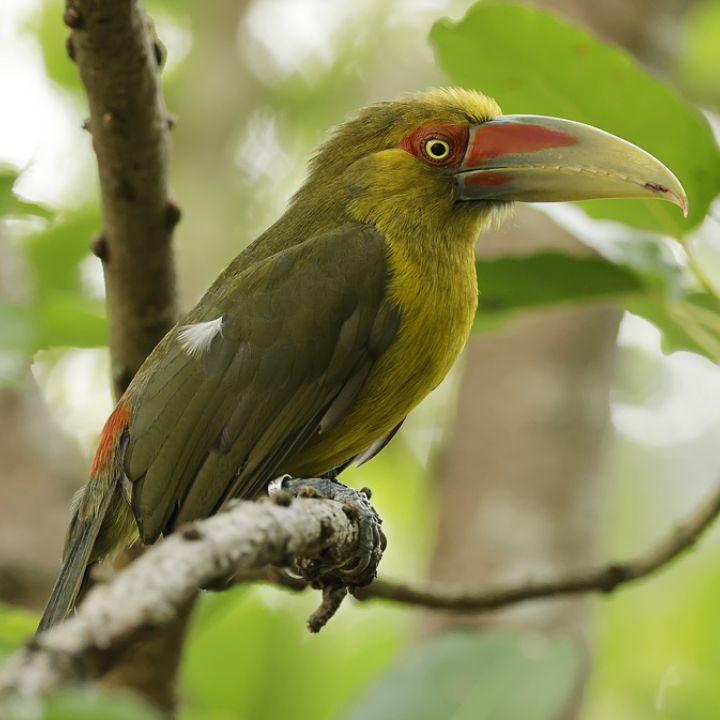
Saffron toucanet
A relative of toucans and aracaris, the smallish saffron toucanet occupies the Atlantic Forests of Argentina, Brazil, and Paraguay.
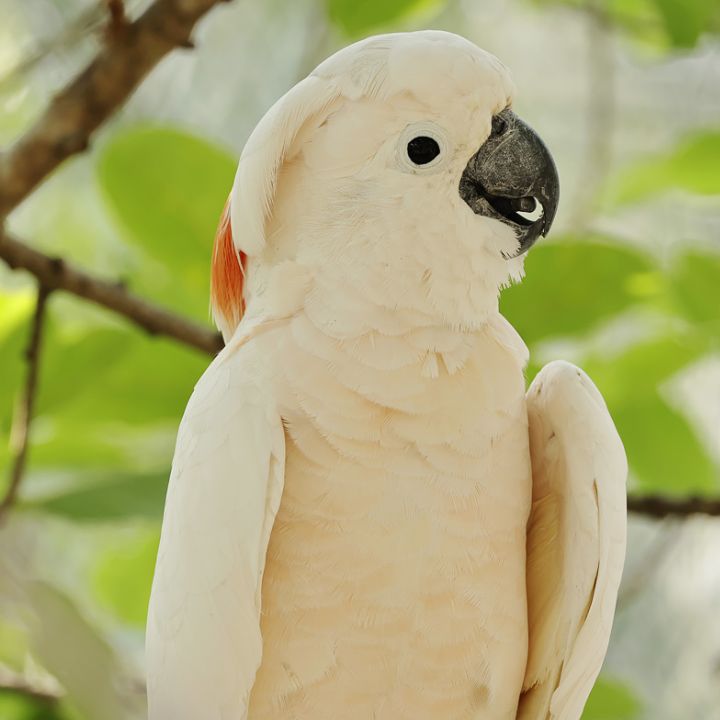
Salmon-crested cockatoo
Cockatoos have distinctive head crests which are normally kept folded back on the top of the head when relaxed. These are raised as a sign of agitation or curiosity, and to signal threat or romantic intentions.
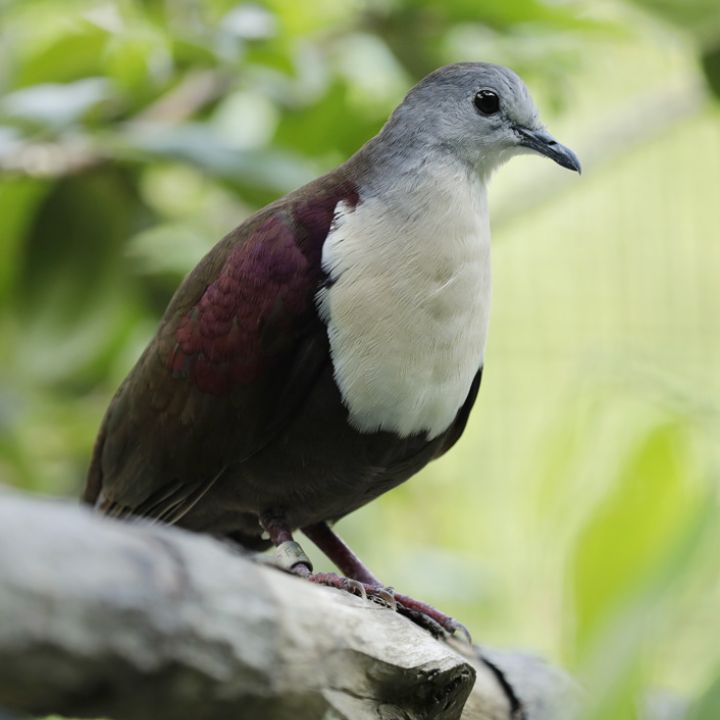
Santa Cruz ground-dove
This bird is observed to perch on low branches and roost in trees. It comes to the ground to forage for food and this is when it is most vulnerable to the introduced rats, cats, dogs and pigs that are found in much of its range.
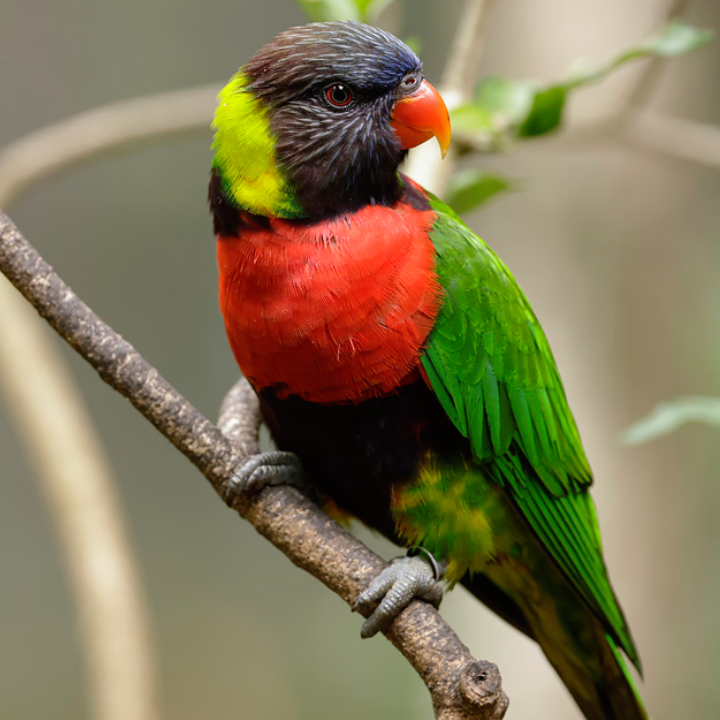
Scarlet-breasted Lorikeet
Found only in Bali, Lombok, and nearby islands, this restricted-range lorikeet inhabits lowland forests and is recognized by its four subspecies.
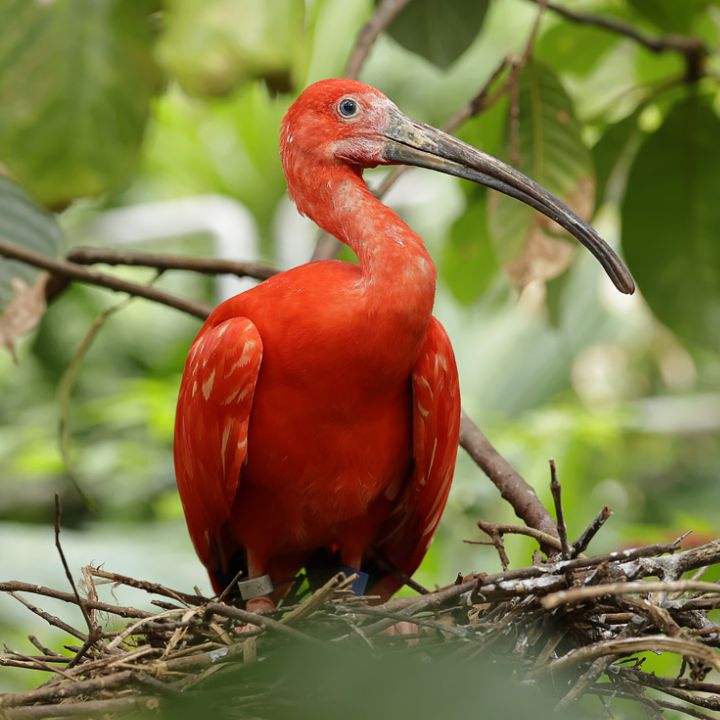
Scarlet ibis
They are what they eat – scarlet ibises feed on crayfish, crabs and aquatic insects which give their plumage the bright red colour.
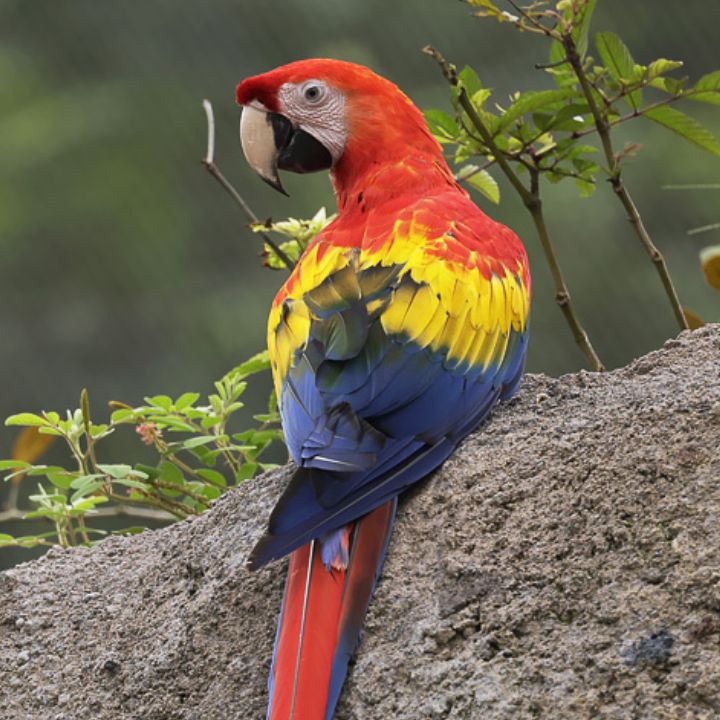
Scarlet macaw
A macaw’s beak can crack the hardest nut and even crush your finger. Its flexible and scaly tongue contains a bone.

Southern cassowary
The southern cassowary is the third biggest bird after the ostrich and emu. Compared to the single wattled northern cassowary, it is slightly larger and has two wattles, which hang loosely from its neck.

Straw-headed bulbul
Known for its melodious calls, the straw-headed bulbul has been hunted to extinction across much of its range in Southeast Asia.
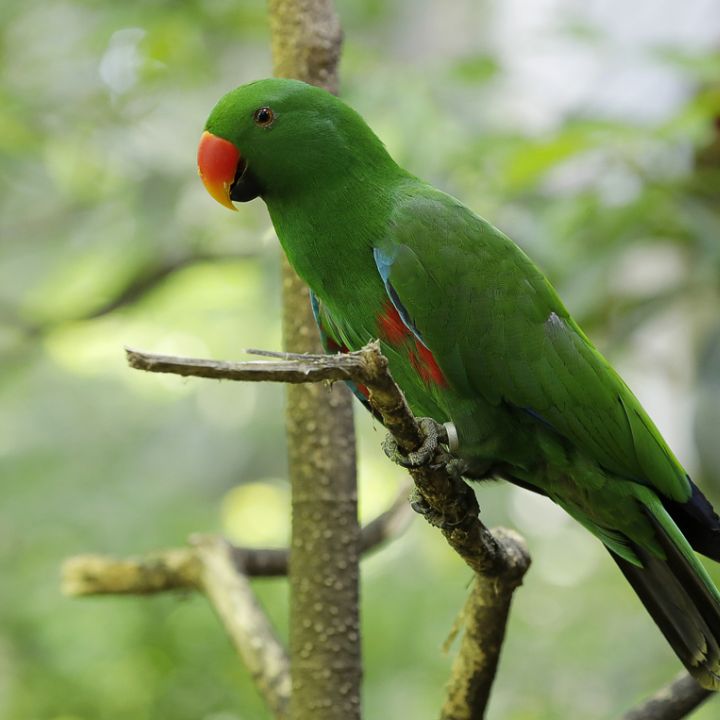
Sumba eclectus
Male and female eclectus parrots look so different that they were once thought to be separate species. Males are predominantly green; females are red or purplish red.
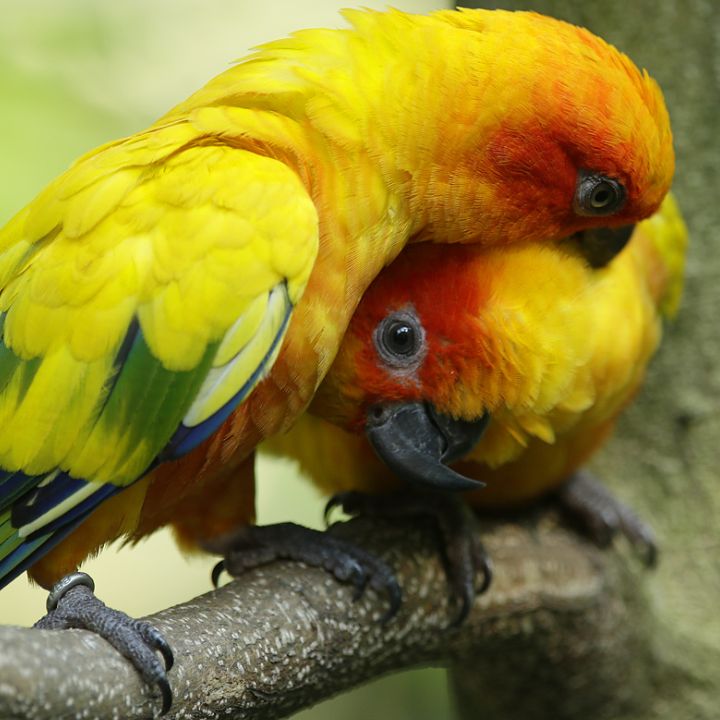
Sun parakeet
The sun parakeet is green on the wings, scarlet on the breast and golden orange on the head and neck. This brilliant mix of colours is characteristic of their genus Aratinga, a group of “mini-macaws” found predominantly in northeastern Brazil.
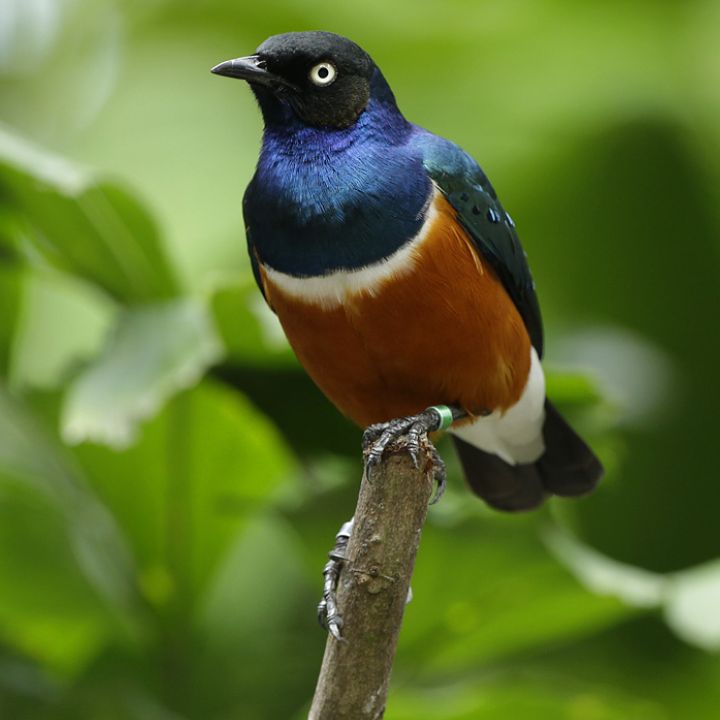
Superb starling
The superb starling (Lamprotornis superbus) is a member of the starling family of birds. It was formerly known as Spreo superbus.
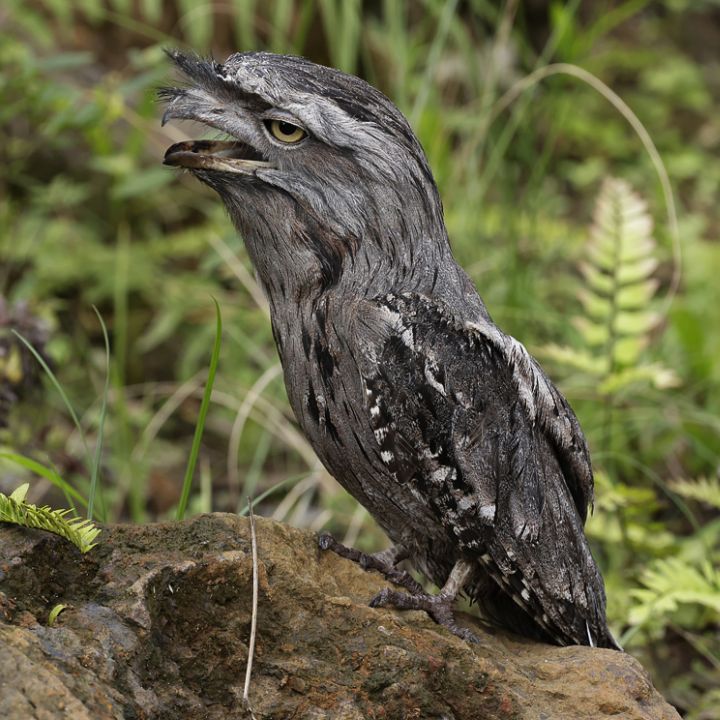
Tawny frogmouth
Often confused with owls, the nocturnal tawny frogmouth is closely related to night jars. It has a flat, wide beak like a frog’s mouth, hence its common name.
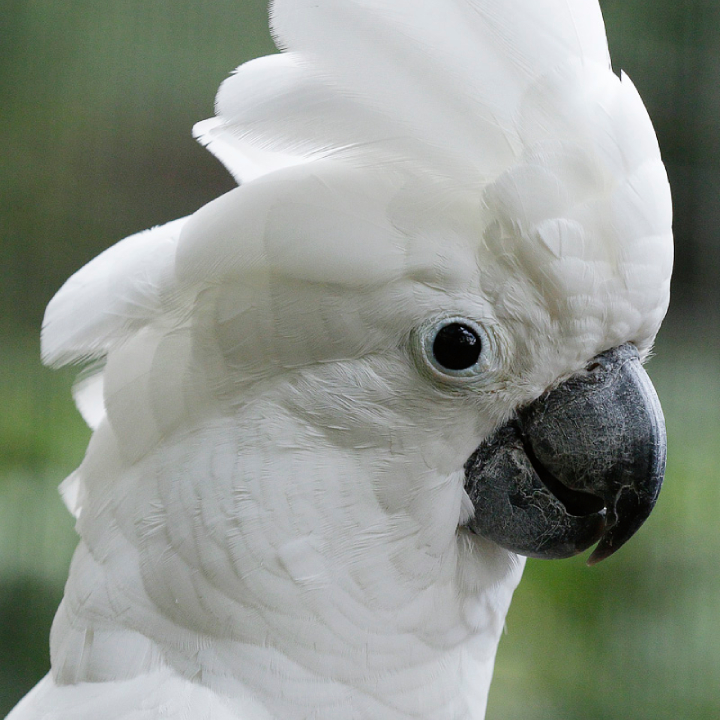
Umbrella Cockatoo
This endangered cockatoo from Northern Moluccas, Indonesia, is so named as it has a crest that looks like an umbrella when erected, which happens when the bird is excited or alarmed.
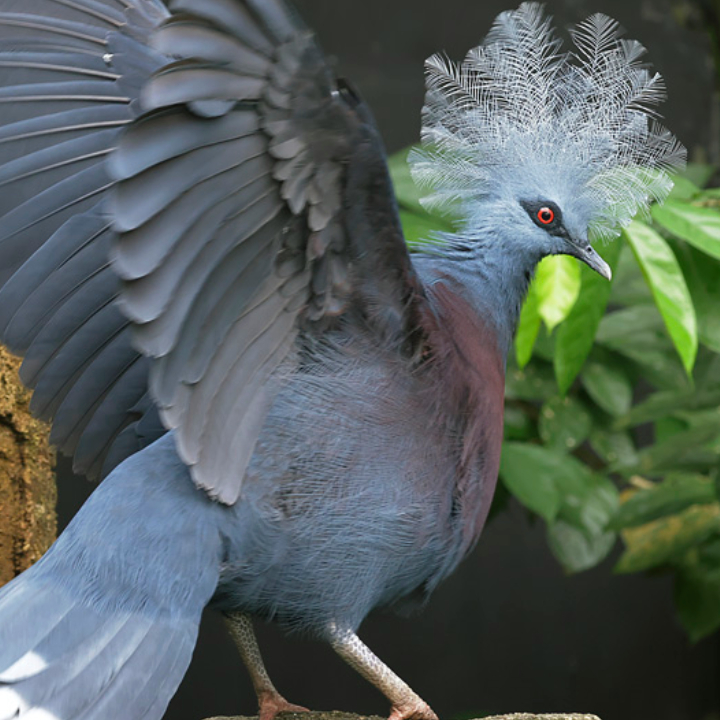
Western Crowned-Pigeon
Crowned with a lacy crest, this massive pigeon lives in West Papua, Indonesia. It feeds on fruits and insects on the forest floor during the day and roosts in trees at night.

Yellow-Mantled Chattering Lory
Chattering lories are predominantly red in colour with green wings. Three subspecies are endemic to the forests of North Moluccas, with each occupying different island clusters and varying slightly in appearance.









